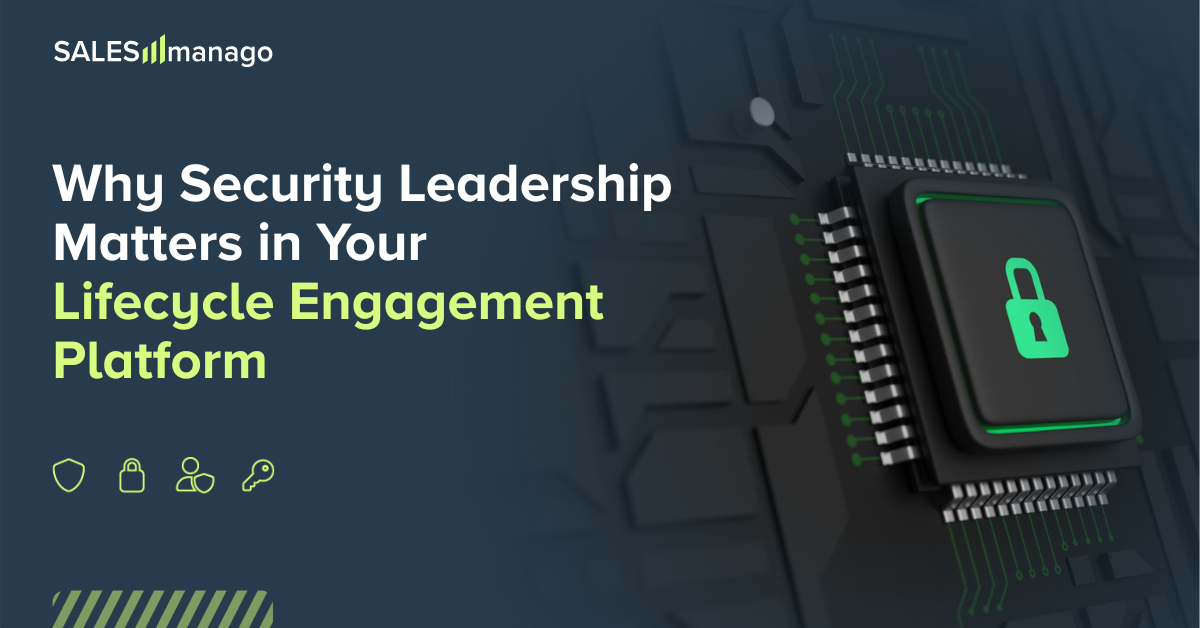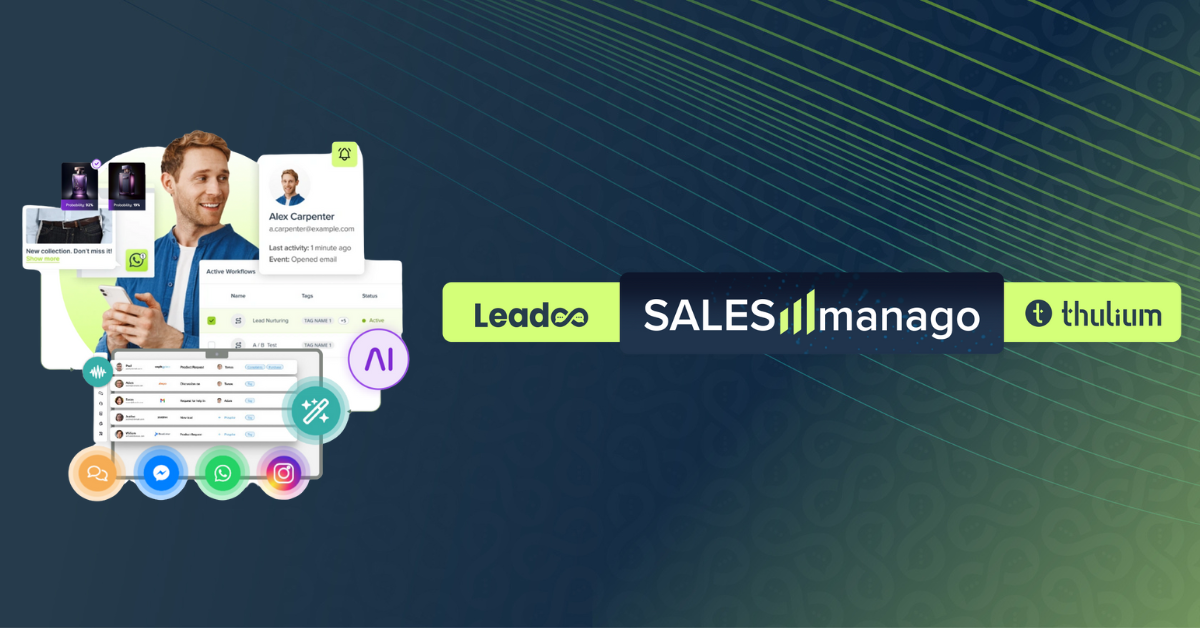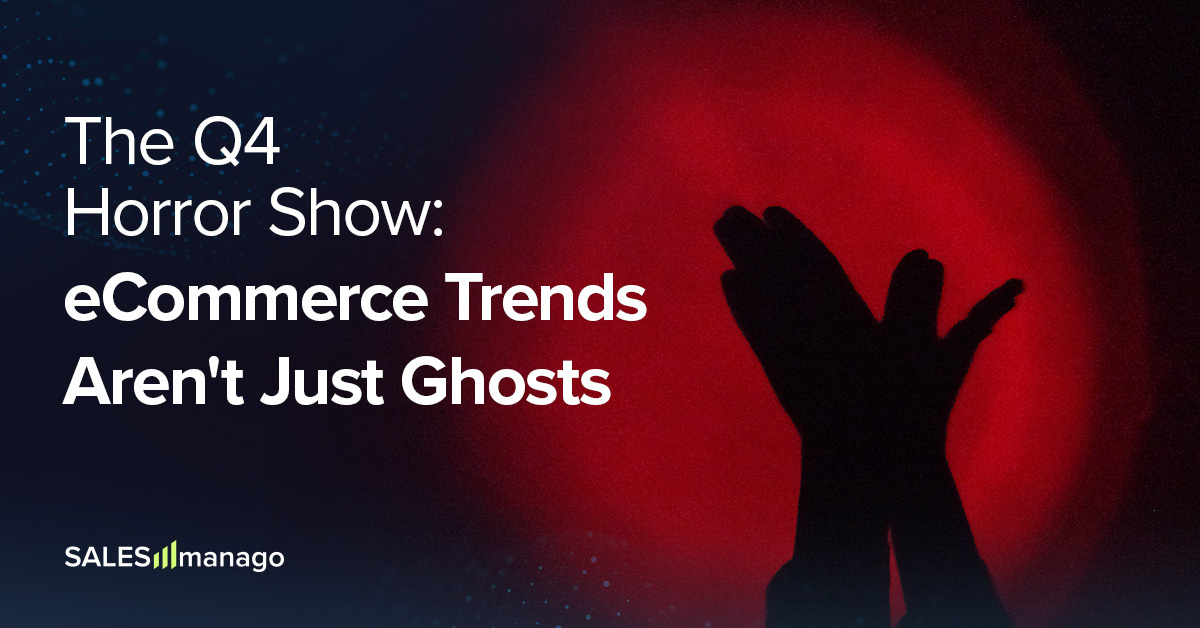.png)
You've invested in a powerful marketing automation platform. You were promised a well-oiled machine that drives revenue while you sleep. So why does it feel like you're stuck in second gear, wrestling with complex workflows and seeing disappointing results?
Here’s the secret the marketing automation industry doesn’t always advertise: the problem is rarely the tool. It’s the strategy. The real issue lies in a few common—and incredibly costly—strategic mistakes that prevent ambitious eCommerce brands from unlocking their platform's true potential.
Consider this your practical, no-fluff guide to getting back on track. We're going to break down the five most critical mistakes we see eCommerce brands make every day. More importantly, we'll show you exactly how to fix them to stop leaving money on the table and start seeing the explosive growth you were promised.
Let's dive into the first, and most foundational, mistake of them all.
Mistake 1: Your Data is a Mess (and It's Killing Your Personalisation)
This is the foundational mistake. Get your data strategy wrong, and even the most brilliant creative and clever campaigns will fail to connect. It’s the digital equivalent of building a house on sand. Let's break down what this looks like in the real world and how to fix it for good.
What "Data Chaos" Looks Like in Practice
Let’s be honest, does this sound familiar? Your customer data is scattered everywhere. The purchase history from your Shopify store doesn't sync with your marketing list. The support tickets live in a completely separate system, and the valuable data about what customers are actually browsing on your website is a black box. Each platform holds a different piece of the puzzle. The result is that your automation platform is flying blind, working with disconnected fragments instead of a complete, coherent picture of your customer.
The Real-World Cost of a Bad Guess
This isn't just a technical headache; it has a direct impact on your sales. This is how you end up sending a 10% discount voucher for a product a customer just bought at full price. It's how you recommend winter coats in a heatwave or send a "we miss you" email to a loyal customer who made a purchase only yesterday. Every one of these moments is a small betrayal of trust. It’s the digital equivalent of a barista getting a regular's coffee order wrong every single day. It’s the "Oops" moment that doesn't just lose you a sale, it costs you a customer for life.
From Chaos to Clarity: The CDP Solution
The strategic fix is to stop patching leaky buckets and instead build a proper foundation. This means implementing a Customer Data Platform (CDP). Think of a CDP not as just another piece of software, but as the central nervous system for your entire customer engagement strategy. It ingests data from all your disparate sources—your eCommerce platform, mobile app, CRM, and even in-store POS systems—and uses a process called identity resolution to merge it all into a single, unified profile for each customer.
This persistent, 360-degree customer view is updated in real-time with every interaction. It means that when a customer browses a product on their phone and later adds it to their cart on a laptop, the CDP knows it’s the same person. This rich, reliable profile becomes the fuel for your automation engine, enabling precise segmentation and powering truly intelligent automation that feels helpful, not haphazard. It’s the difference between guessing what your customer wants and knowing.
Mistake 2: Your Personalisation is Only Skin-Deep
With clean data as your foundation, the next hurdle is using it effectively. Many brands have access to good data but fail to translate it into meaningful personalisation, settling for superficial tactics that customers see right through. This is where you separate yourself from the competition.
Are You Really Personalising, or Just Using Mail Merge?
It's time for a frank question. Is your "personalisation" strategy just a glorified mail merge from 1998? If you're relying on dropping a [First Name] token into a generic email subject line and calling it a day, the answer is yes. This approach leads to the one-size-fits-all campaigns that modern customers have become experts at ignoring. True personalisation isn't about knowing a customer's name; it's about understanding their intent, their history, and their needs in the moment.
The High Price of Being Irrelevant
When your messages are generic, they don't just get ignored—they actively damage your business. Low engagement rates from irrelevant content signal to email providers that your messages aren't valuable, which directly harms your sender reputation and deliverability. More critically for your bottom line, it leads to higher cart abandonment. A customer is far less likely to complete a purchase if the follow-up offer lacks personal context and fails to address why they might have hesitated in the first place.
Unleash True 1-to-1 Experiences with AI
The only way to achieve personalisation at scale is to leverage Artificial Intelligence. It's like giving every marketer an intelligent AI Sidekick, ready to move your strategy from manual segmentation to automated intelligence. Imagine using this power to fuel dynamic content blocks in your emails that automatically populate with product recommendations based on an individual's real-time browsing behaviour.. The advanced solution is to use predictive segmentation, where the system anticipates customer needs—like identifying who is most likely to churn or who is ready for a high-value offer—before they even know it themselves. This is how you create the hyper-relevant, 1-to-1 experiences that drive conversions and build lasting loyalty.
Mistake 3: You've Fallen into the "Set It and Forget It" Trap
This mistake is seductive because it feels like the ultimate goal of automation: creating a system that runs itself. But in a dynamic eCommerce landscape, autopilot is a direct path to irrelevance. This trap is easy to fall into, but its impact on your revenue can be profound over time, silently eroding the effectiveness of your best-laid plans.
The Autopilot Trap: When Automation Gets Stale
This is one of the easiest mistakes to make and one of the most insidious. This trap manifests when you launch a workflow, perhaps a welcome series or an abandoned cart sequence, and then never touch it again. The problem is that the digital marketplace is not static. Customer expectations evolve, your brand messaging might shift, and what was fresh and effective a year ago is now stale and predictable. Old automations become ineffective background noise that your customers learn to tune out.
The Law of Diminishing Returns in Action
In business terms, this is the law of diminishing returns playing out in real-time. That abandoned cart flow that once proudly recovered 15% of your potential sales might now only be clawing back a mere 5%. That's a significant drop in revenue that you're completely blind to because no one is monitoring the performance. This silent decay is one of the biggest hidden costs of a "set it and forget it" approach.
Embrace the "Always Be Testing" Mindset
The solution is to treat your automations not as finished products, but as living campaigns that require continuous optimisation. Embrace an "Always Be Testing" mindset. Make it a proactive habit to regularly A/B test every critical element: subject lines, the value of your offers, the timing of each message, and even the channels you use. These incremental gains are not just small wins; they compound over time into significant, sustainable revenue growth.
Mistake 4: You're Forgetting Who Pays the Bills
In the relentless pursuit of new customers, it's surprisingly easy to overlook the goldmine you're already sitting on: your existing customer base. This mistake isn't just a missed opportunity; it's a fundamental misunderstanding of what drives sustainable eCommerce growth. Let's explore why focusing solely on acquisition is like trying to fill a leaky bucket.
The "Leaky Bucket" Problem of Customer Acquisition
In eCommerce marketing, there's an obsession with acquisition. We pour enormous effort and budget into filling the top of the funnel with new leads. This creates the classic "leaky bucket" problem: while you're so focused on pouring water in at the top, you don't notice that your most loyal, profitable customers are quietly leaking out of holes at the bottom due to neglect.
Measuring the True Cost of Low Loyalty
This is arguably the most expensive mistake on the list. We all know the statistic that it costs five times more to acquire a new customer than to retain an existing one, but the true cost is even greater. It's the lost potential in Customer Lifetime Value (CLV). A loyal, repeat customer doesn't just buy more frequently; they often spend more per transaction and become your most powerful brand advocates. When you lose them, you lose not only their future revenue but also a vital source of word-of-mouth marketing.
Build a Post-Purchase Powerhouse to Drive Retention
The solution is to dedicate as much strategic thought to your post-purchase experience as you do to acquisition. Build a post-purchase powerhouse using a series of automated workflows designed to delight and retain customers at every stage after their initial purchase.
The immediate "Thank You" & onboarding: Go beyond a simple transactional receipt. Create a warm, personalised welcome series for new customers that confirms their value. Include helpful content like user guides, styling tips, or user-generated content featuring the product they just bought. This immediately reinforces their decision and reduces buyer's remorse.
The intelligent cross-sell engine: Don't just recommend random "bestsellers." Use their purchase data to trigger intelligent workflows. If a customer bought a high-end camera, your automation should follow up weeks later with compatible lenses, tripods, or an advanced photography course. This shows you understand their journey and can anticipate their next need.
The timely replenishment reminder: For any consumable product—from coffee beans to skincare—use purchase data to predict when a customer is about to run out. A timely, automated reminder with a one-click re-order link is not just a sales tactic; it's a valuable service that builds incredible loyalty.
The automated loyalty & VIP programme: Make your customers feel seen. Automate notifications when they earn enough points for a reward, reach a new VIP tier, or have a birthday. These small, automated touchpoints create an emotional connection and give them a compelling reason to choose you over a competitor.
Mistake 5: You're Putting All Your Eggs in the Email Basket
Finally, even with perfect data and brilliant personalisation, your strategy can fail if your message is delivered to the wrong place at the wrong time. This final mistake addresses the "how" and "where" of communication, a critical component that many marketers overlook in their rush to automate.
The Risk of an Email-Only Strategy
Relying solely on email for your automation is a high-risk strategy in today's market. Inboxes are crowded, competitive spaces. Your carefully crafted, time-sensitive offers and urgent reminders—like a shopping cart about to expire—are easily buried under a mountain of other messages. When this happens, you don't just lose engagement; you lose the sale, simply because your message wasn't seen in time.
Why Your Customers Aren't Responding
To understand why an email-only approach fails, you have to see the world from your customer's perspective. They live on their mobile phones and respond to different channels for different reasons. An email might be fine for a weekly newsletter, but a text message is better for an urgent flash sale alert. An email-only strategy ignores their actual, real-world communication habits and expects them to adapt to you, which they rarely will.
Meet Customers Where They Are with an Omnichannel Approach
The forward-thinking solution is to orchestrate a seamless customer journey that meets your customers where they already are. This means strategically layering a variety of channels into your automation workflows, using each for its unique strength to create meaningful connections.
While email remains your workhorse for rich content like detailed newsletters and customer stories, SMS becomes your tool for urgency and high-impact alerts, perfect for flash sale notifications or a final abandoned cart reminder. Web Push Notifications offer a powerful way to re-engage users directly in their browser, even when they aren't on your site, making them ideal for back-in-stock alerts. For your most loyal customers, Mobile App Notifications provide a direct line to deliver exclusive offers and build a strong community around your brand.
By using the right channel for the right message, you move from simply sending emails to intelligently communicating, ensuring your message not only gets delivered but gets noticed.
Conclusion: From Common Mistakes to Competitive Advantage
The line between a marketing automation platform that drains resources and one that drives growth is strategy. By fixing your data foundation, committing to true personalisation, and engaging customers across their entire lifecycle with an omnichannel approach, you can finally unlock the ROI you were promised.
Avoiding these common mistakes transforms marketing automation from a simple tool into the central growth engine for a modern eCommerce business. It’s the first, crucial step in a proven Growth Framework designed to move beyond the hype and build a system that creates genuinely better experiences for your customers and delivers tangible results for your bottom line.
Visual summary
.png)
Latest posts

Setting the Standard: Why Security Leadership Matters in Your Lifecycle Engagement Platform
In the age of AI, hyper-personalisation, and the vast volumes of customer data required to power them, choosing a Lifecycle Engagement Platform (LEP) is one of the most critical strategic decisions a business can make. Beyond the bells and whistles of features and functionality, the non-negotiable foundation must be world-class security and unwavering legal complianc...

SALESmanago Launches AI-powered Lifecycle Engagement Platform to Tackle Fragmented Customer Journeys
SALESmanago has today announced the launch of a new unified, AI-powered Lifecycle Engagement Platform designed to address one of the biggest challenges for mid-market and eCommerce brands: fragmented customer journeys. By connecting marketing, sales, and customer service into a single intelligent ecos...

The Q4 Horror Show: eCommerce Trends Aren't Just Ghosts
October is here, and with it, the official start of the Q4 "horror show." For marketers and eCommerce leaders, this season is always a fright—peak budgets, high-stakes campaigns, and the terrifying prospect of missing a target.But whilst many are spooked by digital 'ghosts' and mythical metrics, the truly scary (and exciting) things are hap...